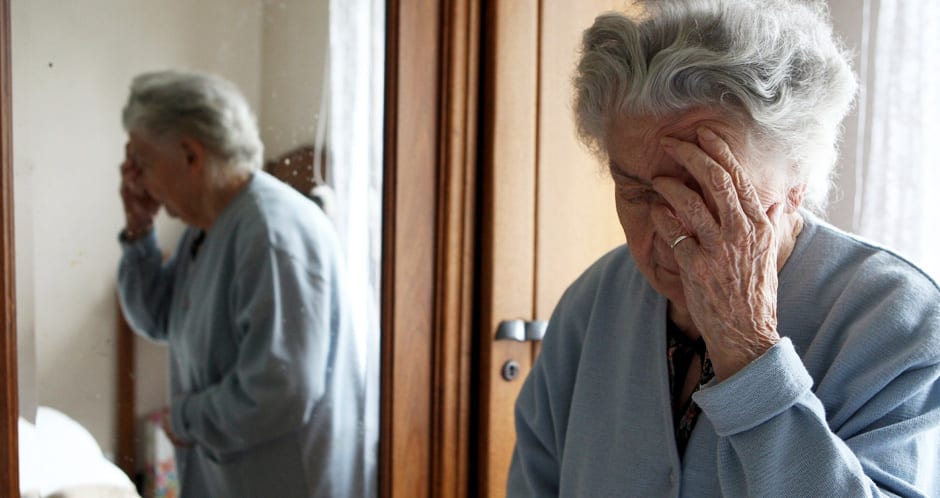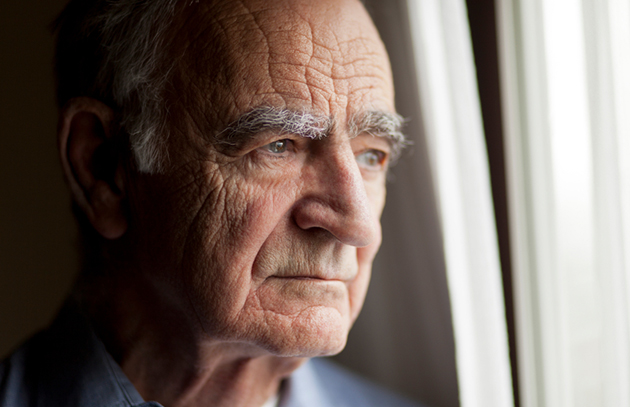
Pain is common among older people, but it should not be mistaken as an inherent part of ageing.
The reason pain is more prevalent is because of the increasing prevalence of age-related disorders – such as dementia, heart disease, diabetes, arthritis to name a few.
But what exactly is pain? Essentially, it is an unpleasant sensory and emotional experience associated with actual or potential tissue damage. Pain is whatever the person experiencing it says it is and it exists whenever he or she says it does.
Reporting pain is often the “tip of the iceberg”, it should always be acknowledged and treated, as it may be connected to something more serious.
In older people, pain is often unrecognised and undertreated. Certain studies have estimated that between 45% and 80% of residents in aged care facilities have substantial pain that is undertreated.
There are two main types of pain that can occur, and knowing the difference can help explain what is wrong and how it should be treated.
Acute pain refers to a recent onset and can usually be related to injury or disease. Recovery of acute pain is expected and a person can return to normal activity once healed. Acute pain is generally in response to tissue injury and is associated with physiological changes. An older person may experience an acute episode of pain whilst experiencing underlying chronic pain.
Chronic pain is a complex medical condition and the pain can often persist for longer than three months following intervention. It can continue after healing and is associated with long-standing functional and psychological impairment.

For an older person, it can sometimes be difficult to convey they are in pain – especially if their ability to communicate is impaired. However, pain is often hard to hide and there are signs that you can look out for to better understand a person’s condition.
A big giveaway that an older person might be in pain is their mood. They may become tense or ‘on edge’ and become unusually angry and possibly resistant to care.
Sometimes they may push people away, and depression and withdrawal are common – especially with chronic pain. They may not feel like eating or joining in with an activity.
If a person is in pain, they may not want to get up, go to the toilet or go to bed as it causes them discomfort.
Even if a person has trouble describing their pain or explaining what they are feeling, verbal cues can still be a useful indicator.
A person in pain might repeatedly shout out. Other signs may include sighing or groaning.
They might make rhythmic noises that go up and down and perhaps increase in volume as the pain increases. Conversely, a person could also become quieter than usual – this change can be easy to miss as it isn’t as obvious but should still be noted.
Looking at a person’s face can often tell you what emotions they are feeling even when no words are used – and the same can apply to feeling pain.
A person in pain may make frowning faces, express sadness or cry. They may grimace, or have a tense or frightened expression.
A clear indication of where their pain is can be evident when their expression changes when a part of the body is moved or touched.
Sometimes, when the pain is consistent, their expression might change to a still, blank face, or they could avoid eye contact, look away and face the wall.
Body language can tell a lot about a person and can be hard to hide. ‘Tells’ of pain include guarding and bracing and a person may also rub or hold a particular body part.
A normally active or social person might become less active, or become very still.
Some people might have a particular movement they often make when they are in pain, which doesn’t always relate to the cause of the pain, for example, they might pull on their ear or shake their head.
Sometimes, pain can be made worse when moving so they might move less, or change the way they move.
Pain needs to be properly diagnosed so that appropriate and effective management strategies can be planned. If you suspect someone you care for is in pain, then it is advised that they seek medical attention.
Disclaimer: Please be aware the above article is merely information – not advice. If you need medical advice, please consult your doctor or another healthcare professional.
5
4.5